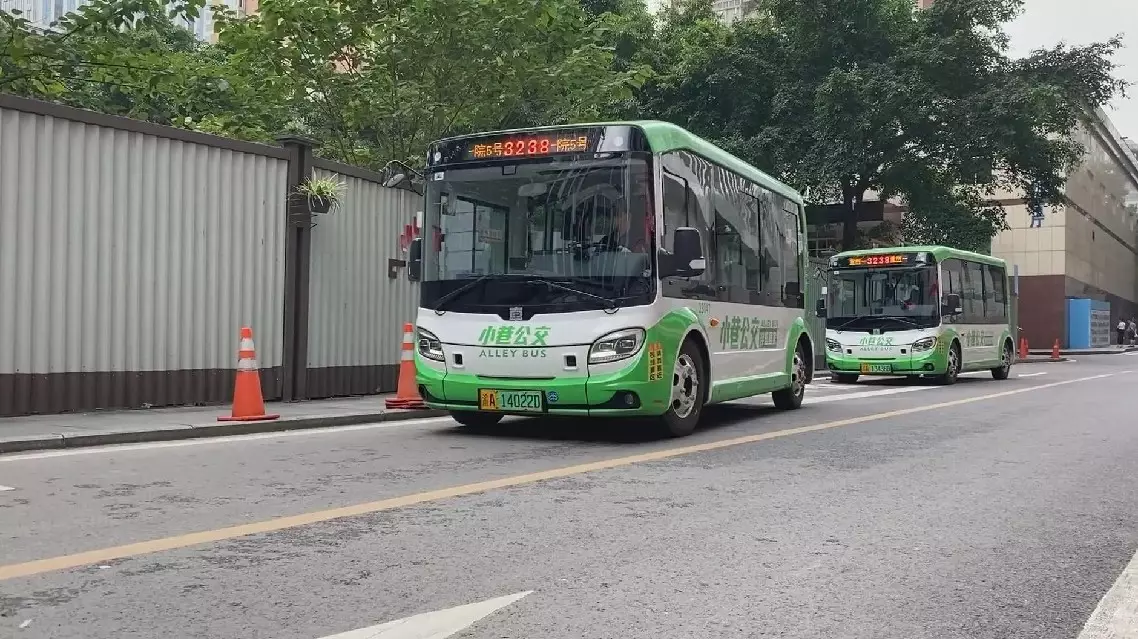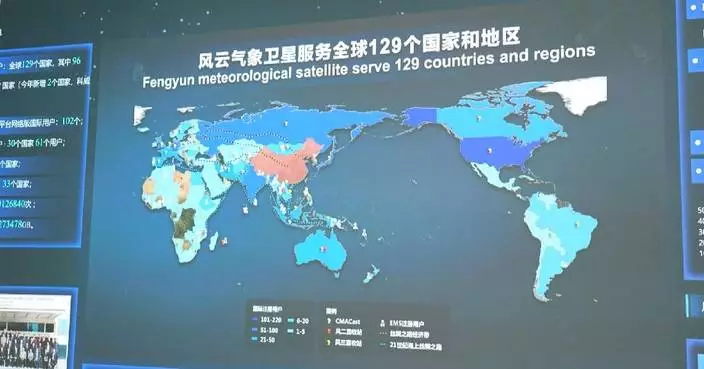Chongqing, a mountainous city in southwest China, has been improving its urban governance and modernization efforts to improve the quality of life for its residents by adopting initiatives like the mini-bus transport service, for example.
With a population of more than 30 million people, Chongqing municipality is among the world's largest cities. A new initiative to help people travel across the sprawling metropolis is benefiting the elderly, who are now able to access special mini-buses.
Ninety-one-year-old Xu Fang, a retired medical worker, lives near the First Affiliated Hospital of Chongqing University. Despite her age, she enjoys shopping with her trolley and needs about 10-minutes to reach the hospital's mini-bus station to start her short journey.
The mini-buses depart from the hospital and stop at four stations connecting old gated communities and nearby shopping centers. They return to the hospital from a different entrance. Each ride costs two yuan, or about 30 U.S. cents, and is free for those over 60.
"We went shopping on foot before and it took about 20 minutes because we had to go across several streets and it’s way too far for seniors like me. Now it only takes us less than 10-minutes to take these buses. It’s very senior-friendly," Xu said.
The hospital receives an average of 10,000 vehicle visits daily, long causing traffic jams. In June, hospital officials cooperated with Chongqing's transport authorities to develop an online system that directs private car drivers to some 10,000 parking spots near the four mini-bus stations. The system allows patients and drivers to easily commute to and from the hospital.
"There are two mini-buses and they work from 7 a.m. to 7 p.m., with about 70 daily bus trips," said Tan Mingshu, staff member with security department of First Affiliated Hospital of Chongqing University.
"We can take a mini-bus inside the hospital to other bus stations. It’s very convenient and saves time. We used to fail to catch our buses to travel home because of the crowded and busy traffic in the hospital, but now the problem is solved," said Xiong Chaogui, a retiree in Chongqing.

Mini-bus transport service helps elderly travel to hospital, return home in southwest China's Chongqing









